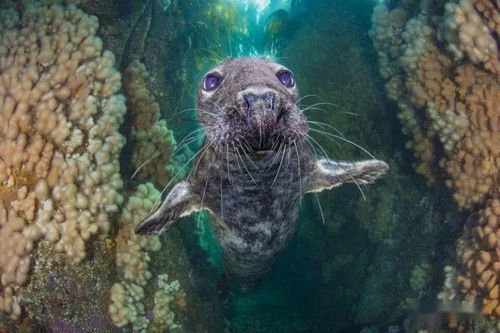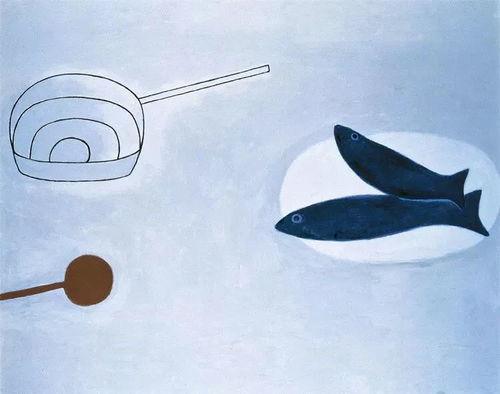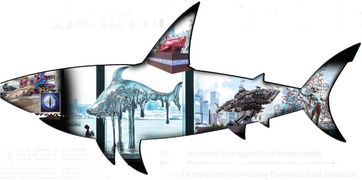Content:
Introduction: Fishing at the beach is a delightful way to spend a sunny day. The sound of waves crashing against the shore, the fresh sea breeze, and the prospect of catching your own fish make it an unforgettable experience. Whether you are a seasoned angler or a beginner, there are several essential tips and techniques that can help you improve your beach fishing skills. In this article, we will provide you with valuable insights, accompanied by visual illustrations, to help you become a beach fishing pro.
Choosing the Right Equipment: Before heading to the beach, it is crucial to select the appropriate equipment for your fishing adventure. Here's a list of essential gear you'll need:
a. Rod and Reel: Choose a lightweight, sturdy rod and reel that suits your preferred fishing technique. Spinning rods and reels are ideal for beach fishing.
b. Line: Use a monofilament line with a suitable breaking strength, typically ranging from 6 to 12 pounds.
c. Lures and Bait: Select lures or bait that mimic the natural prey of the fish you are targeting. Common choices include artificial lures, live bait, or cut bait.
d. Hooks: Use appropriate hooks based on the size of the fish you expect to catch. Size 4 to 6 hooks are usually sufficient for most beach fishing scenarios.

e. Tackle Box: Carry a tackle box containing additional hooks, sinkers, swivels, and other essential accessories.
Finding the Perfect Spot: To maximize your chances of catching fish, it's essential to find the right spot on the beach. Here are some tips to help you locate the ideal fishing area:
a. Observe the Tide: Fish are more active during the incoming tide. Look for areas where the waves are breaking and the sand is moving.
b. Study the Shoreline: Pay attention to areas with rock formations, sandbars, or other natural structures, as they often attract fish.
c. Ask Locals: Beachgoers who frequently fish can provide valuable insights about the best spots to cast your line.
Mastering the Art of Casting: Casting is a fundamental skill in beach fishing. Here's a step-by-step guide to help you improve your casting technique:
a. Hold the Rod: Grip the rod with your dominant hand, keeping your elbow close to your body.
b. Backcast: Begin by lifting the rod behind you, allowing the line to unwind. Swing the rod forward, then pause to let the line settle.
c. Forward Cast: With the line straight, lift the rod and bring it forward, allowing the line to unwind as you do so.
d. Practice: Practice your casting technique in a controlled environment before heading to the beach to ensure accuracy.
Understanding the Behavior of Beach Fish: To increase your chances of catching fish, it's important to understand their behavior. Here are some tips:
a. Fish the Current: Beach fish often feed in the current. Cast your line perpendicular to the current and retrieve it at a steady pace.
b. Observe the Weather: Fish are more active during overcast or windy days. Avoid fishing during extreme weather conditions.
c. Adjust Your Approach: Depending on the fish species, you may need to use different lures or baits. Research the local fish species and their preferences.
Visual Illustrations: To further assist you in mastering the art of beach fishing, we have included visual illustrations below. These images will guide you through the casting technique, identifying fish-friendly spots, and choosing the right equipment.
Conclusion: Fishing at the beach is a rewarding activity that requires patience, practice, and a little bit of know-how. By following these essential tips and techniques, accompanied by visual illustrations, you will be well on your way to becoming a beach fishing expert. So, grab your gear, head to the beach, and enjoy the thrill of catching your own fish!












